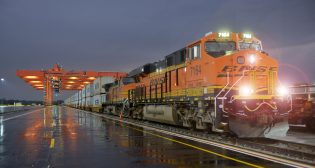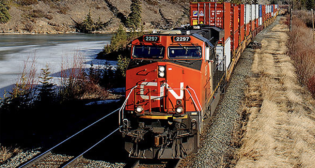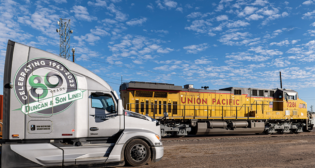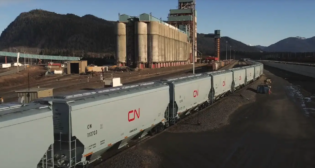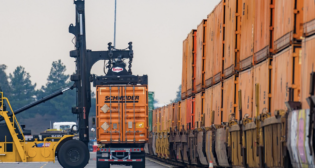
AAR: Total Carload, Intermodal Volume Flat for Week 16
U.S. rail traffic for the week ending April 20, 2024 (Week 16), came in at 474,544 carloads and intermodal units, up 0.8%—virtually flat—compared with the same week last year, based on 216,945 carloads—down 6.7% from 2023—and intermodal volume of 257,599 containers and trailers—up 8.2%, the Association of American Railroads (AAR) reported April 24.

